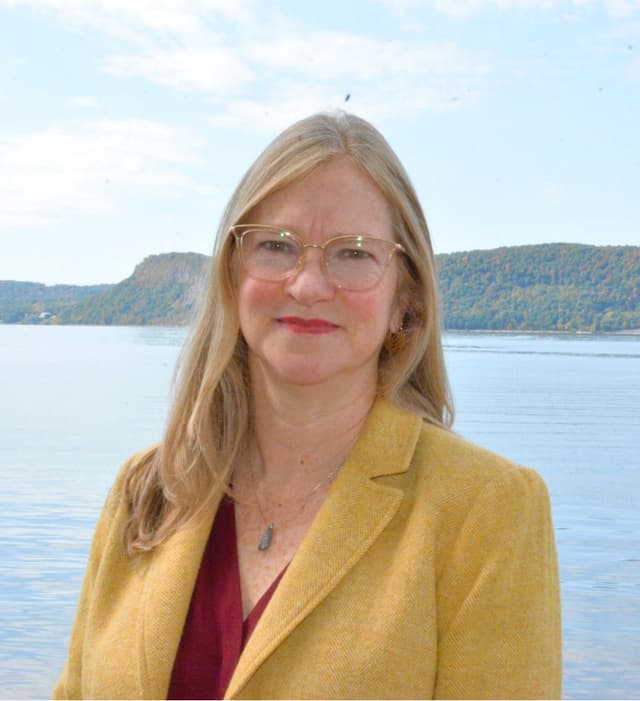
Hudson River PCBs
Without effective action, the health risks and impacts to those living, working, and playing within the 200-mile stretch of the Hudson River PCBs Superfund Site will persist for generations to come
The challenge

Photo: Joseph Squillante
Health impacts of PCBs
Fish advisories and environmental justice concerns
PCBs and the Hudson River fishery
200
The Hudson River PCBs Superfund Site spans 200 miles
30
General Electric actively dumped PCBs into the Hudson River for 30 years
75
Superfund sites GE is responsible for nationwide, more than any other U.S. corporation
2.75
million cubic yards of PCB-contaminated sediment in the Upper Hudson that GE has removed so far — and there is so much more to go

Tracy Brown
President and Hudson Riverkeeper
- Focus areas
- Water qualityHabitat and wildlife






